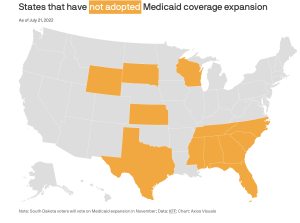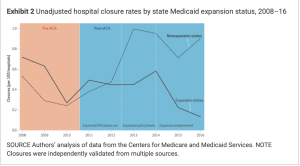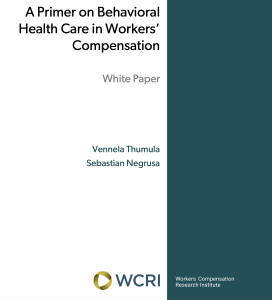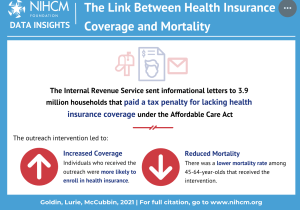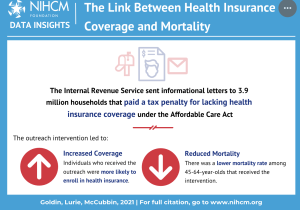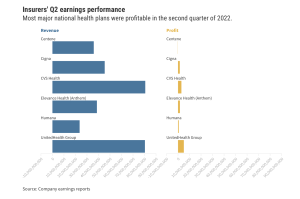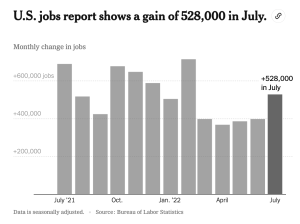California’s State Fund has made impressive progress in the quest to reduce inappropriate opioid use – progress that has undoubtedly saved countless lives, helped thousands of workers regain their livelihood while protecting their families.
This has been done thoughtfully and carefully, acknowledging that patients taking opioids typically suffer from acute or chronic pain. Helping patients find alternate means of addressing and reducing pain and the impact pain has on quality of life and functionality has been central to the approach.
I’ve written about the State Fund before; I’ve been deeply impressed by its commitment to doing the right thing the right way – and to actually getting those right things done. The Fund’s early efforts were well-designed and produced solid progress.
(And I love their old marketing messaging)
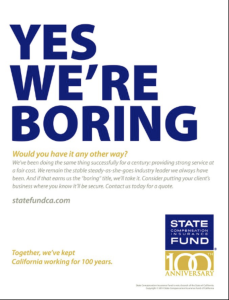
That hasn’t always been easy; as a governmental entity the State Fund has multiple constituencies with sometimes differing or even conflicting priorities. Despite those challenges, the people at the State Fund – and their vendor partners – are making a real impact on workers in the Golden State.
The latest is continued success in reducing the use of opioids while addressing patients’ pain. Under the leadership of Medical Director Dinesh Govindarao MD MPH and Medical Management Director Alma Del Real, the good people in the State Fund’s medical management and claims departments implemented a three-pronged approach;
- early prevention and intervention in new cases;
- addressing relapse (patients returning to use opioids after a period of no opioid usage) and delayed recovery response; and
- reduction of chronic opioid usage in existing cases.
The results make it clear that the approach is working:
- From 2014-2021, State Fund saw a nearly 80% decrease in the number of claimants on any opioid prescription and a 4.6% decrease from 2020-2021
- The number of patients taking high doses of opioids (80+ MEDs) for more than three months has dropped 91% from 2014-2021
The State Fund’s approach to chronic pain has been an “all of the above” strategy, supporting pretty much any type of treatment or modality that might help patients address pain, improve functionality and get back to being fully alive.
What does this mean for you?
We in the workers’ comp industry take our lumps – and often for good reason – for being too conservative, not forward-thinking or innovative, hide-bound by policies and procedures and too slow to adapt to a changing world.
Yet work comp led the nation’s efforts to address the crisis of opioid overprescribing, delivering impressive results long before our colleagues in group health and governmental programs had made any meaningful progress.

